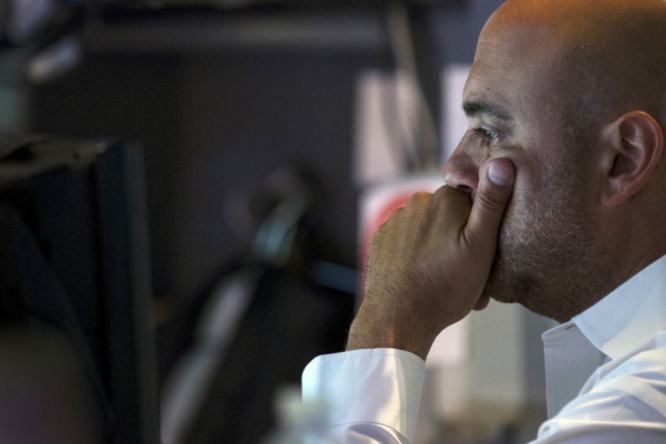
As economists anticipate policymakers will stay in a hawkish-hold mode for longer than expected due to sticky inflation and diminished recessionary risks, speculators’ bets on Federal Reserve rate cuts in the second half of 2023 have been diminishing.
Investors are looking primarily to the activities of the Federal Reserve after the upcoming meeting, where a rate hike of 25 basis points is expected.
According to the latest data from the CME Group Fedwatch tool, 70% of investors expect the Fed to maintain its current rate range of 5%-5.25% in June.
This week, market participants were looking as far out as September 2023 for the earliest meeting in which a rate cut was expected.
This has now been moved up to November, adding to the uncertainty around the debt ceiling and putting more strain on U.S. short-term Treasuries like the iShares 1-3 Year Treasury Bond ETF SHY.
Michael Gapen, an economist at Bank of America, predicts that the Federal Reserve will conclude its current tightening cycle in May because it believes monetary policy is already nearly as restrictive as it needs to be.

The expert is unconvinced that the economy is on the verge of collapse, thanks to robust consumer demand, a robust labor market, and persistent inflation.
How to Trade Options: A Primer
You want to learn to use choices effectively? Nic Chahine, an options specialist, shares his four best suggestions for novices, the key to making 511% returns, and his tried-and-true “plan” for success in a free report. Get your hands on a copy of Options 101: The Beginner’s Guide immediately.
U.S. Economist for Goldman Sachs, David Mericle, believes the Federal Reserve will raise interest rates by 25 basis points in May for the final time and then hold them steady for an extended period of time.

The chief economist at ING Groep, James Knightley, has expressed a very dovish outlook on future Fed rates, forecasting that the central bank will drop rates by a full percentage point by the end of the year, with 50 basis point reductions in both November and December.
Invigorate Your Investment Portfolio with Choices!
We should expect a cut by around November, according to Knightley, since “historically, the Fed doesn’t leave it long before cutting rates” (the average duration between the last rate raise cycle and the first rate cut over the past 50 years was only six months).
The recessions that have occurred in the past as a result of problems in the financial markets, as the economist pointed out, tend to be more severe and prolonged than average recessions.
Nic Chahine’s professional options trade suggestions will help you rebound from 2022 for only $0.99.
Gains of 93, 100, and 511 percent are possible with Nic’s guidance.
